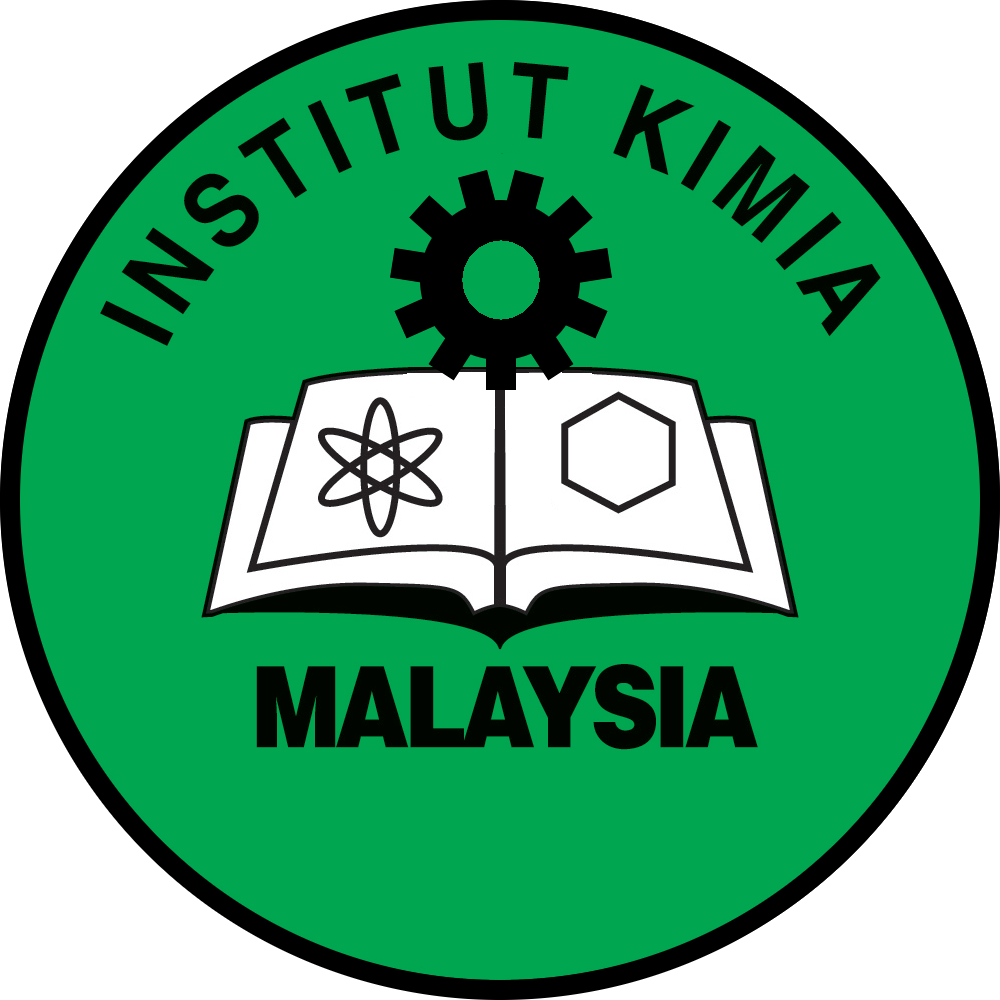Enhancing the Total Polyphenol Content and Antioxidant Activity of Kaempferia parviflora through Optimized Binary Solvent Extraction: Isolation and Characterization of Major PMF Metabolite
DOI: https://doi.org/10.55373/mjchem.v26i6.106
Keywords: Kaempferia parviflora; maceration; optimization; characterization; polymethoxyflavones
Abstract
Kaempferia parviflora (K. parviflora) is a herbaceous species with potent bioactivities contributed by its major compounds, polymethoxyflavones (PMFs). The abundance of PMFs varies by extraction technique and parameter. This study aims to optimize the influence of a binary solvent extraction system on the percentage yield, total phenolic content (TPC), total flavonoid content (TFC), and free radical scavenging activity, and subsequently isolate and characterize the PMFs. Optimization of the binary solvent extraction system (ethanol: water) was carried out at different solvent ratios (40 – 95 % ethanol), solid:solvent ratios (s/s) (1:10 – 1:50), and extraction durations (24 – 72 hours). PMFs were identified through thin-layer chromatography (TLC). The K. parviflora extract (0.05 g/ml) was further fractionated, followed by isolation of PMFs using column chromatography with an appropriate mobile phase. The isolated PMFs were elucidated through analytical and spectrochemical methods (1H-NMR, 13C-NMR, MS & FT-IR). The antioxidant activity of the K. parviflora extract and the isolated PMFs were confirmed by 2-diphenyl-1-picrylhydrazyl DPPH assay. The maximum yield of K. parviflora extract was 17.82 % (60 % ethanol, 1:20 s/s, 24 hours). The optimized extract achieved the highest TPC, TFC, and strongest inhibition (IC50: 0.161 mg/ml). Correlation analysis indicated a moderate linear relationship between TPC, TFC, and IC50. TLC analysis confirmed the presence of 3,5,7,4’-tetramethoxyflavone, 5,7-dimethoxyflavone, 3,5,7-trimethoxyflavone and 5,7,4’-trimethoxyflavone. Fractionation of K. parviflora extract yielded 22 subfractions of n-hexane and 13 of chloroform. The major PMF was characterized and identified as 5-hydroxy-3,7-dimethoxyflavone (5-H-3,7-DMF), which exhibited moderate free radical scavenging activity.
